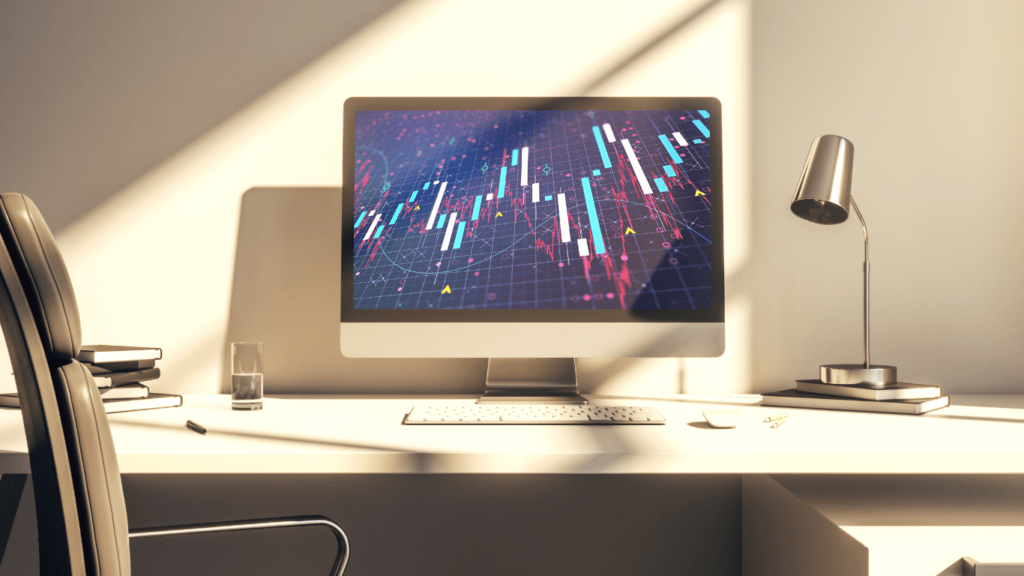Understanding the Current Art Market Trends
To navigate the evolving art market, it’s crucial to grasp the latest trends shaping it. I will discuss two major trends collectors should consider.
The Rise of Digital Art and NFTs
Digital art has surged in popularity, with non-fungible tokens (NFTs) leading the way. NFTs provide a way to buy, sell, and trade digital art securely. Platforms like OpenSea and Rarible have made NFT transactions more accessible.
High-profile sales, such as Beeple’s “Everydays: The First 5000 Days,” which sold for $69 million, have brought attention to this sector. Collectors should explore NFTs’ potential for diversification and long-term growth.
Impact of Global Economics on Art Prices
Global economic conditions play a significant role in art prices. During economic downturns, collectors often seek tangible assets like art as a hedge against inflation. Conversely, periods of economic growth can drive higher auction prices.
For instance, the 2008 financial crisis saw a temporary dip, followed by a strong recovery in art sales. Consider the economic context when making buying decisions to effectively strategize investments.
What Collectors Should Look for in 2023
Art collectors must stay abreast of current market trends to make informed decisions. Knowing where to focus attention helps in navigating the dynamic art market landscape.
Emerging Artists and Art Forms
Identifying emerging artists is critical. Collectors benefit from following platforms like Instagram and Art Basel, where new talent showcases their work. Digital art and NFTs continue to rise in prominence.
NFT marketplaces like OpenSea spotlight artists pushing digital boundaries. New media artists experimenting with virtual reality or augmented reality gain traction. Collaborations between traditional and digital artists present unique investment possibilities.
Geographical Hotspots for Art Investment
Collectors should monitor geographical trends. Major cities like New York, London, and Hong Kong remain art investment hubs. Regions like Southeast Asia and Africa show significant growth due to rising native art scenes.
Art fairs, such as Art Basel Miami and the Tokyo International Art Fair, spotlight influential local talent. Political stability and economic growth in these areas often correlate with robust art markets. Being aware of these hotspots can guide collectors toward undervalued yet promising investments.
Investment Strategies for Modern Art Collectors

Art collectors, especially those navigating the dynamic landscape of modern art, need well-formulated investment strategies. Here’s how to make informed decisions and maximize returns.
Diversifying Art Portfolios
Building a diversified art portfolio mitigates risks and enhances long-term returns. Collect a mix of established and emerging artists. Established artists like Banksy and Yayoi Kusama offer stability. Meanwhile, works by emerging talents such as Amoako Boafo and Loie Hollowell present opportunities for substantial appreciation.
I recommend including:
- diverse mediums—paintings
- sculptures, digital art
- NFTs—to capture different segments of the market
Use platforms like Artsy and Saatchi Art to discover varied selections.
Long-Term vs. Short-Term Investments
Understanding the distinction between long-term and short-term art investments is crucial. Long-term investments typically involve acquiring artworks from reputable artists whose value appreciates over decades.
For example, pieces by Jean-Michel Basquiat and Louise Bourgeois show steady appreciation over time. Short-term investments focus on trending artists and emerging genres.
Flipping NFTs or acquiring works by viral internet sensations can yield quick profits. However, they come with higher risk. Monitor auction results and sale trends on platforms like Christie’s and Sotheby’s to better gauge the market.
How Technology Is Shaping the Art Market
Technological advancements are transforming how collectors interact with and invest in art. Key areas seeing significant changes include:
- online auctions
- virtual galleries
- blockchain technology
Online Auctions and Virtual Galleries
Online platforms have democratized access to the art market. Collectors participate in auctions through websites like Christie’s and Sotheby’s, enabling real-time bidding from anywhere.
Platforms like Artsy and Saatchi Art offer virtual galleries where collectors can view and purchase works from emerging and established artists. These digital spaces provide detailed images, artist bios, and provenance information, making it easier for collectors to make informed decisions.
Blockchain’s Role in Art Authentication and Ownership
Blockchain technology ensures the authenticity of artworks and facilitates transparent ownership records. Blockchain creates immutable digital certificates for each piece, verified through platforms like Ethereum and Flow.
These digital certificates, or NFTs, assure collectors of an artwork’s provenance, reducing fraud. Blockchain also allows fractional ownership, enabling collectors to own shares of high-value artworks, which increases liquidity in the art market.


